
Picture this: a world where the boundaries between film, gaming, and virtual experiences blur, giving birth to a new form of immersive storytelling. That's the world Voltaku is creating, and we're inviting you to be a part of it.
At Voltaku, we're not just building another studio. We're on a mission to redefine what a studio can be in a real-time world. We're shaking up the status quo by merging cutting-edge virtual production and gaming pipelines. Our goal? To create a scalable virtual world built on existing narrative IP so fans can immerse themselves in the story and interact with the characters and experiences we bring to life.
Here's what sets Voltaku apart:
Interactive experiences: We're connecting character-driven stories with interactive tools and digital goods, empowering fans to build on top of the worlds we create.
Breaking free from Hollywood's singular release model: We're challenging the traditional release model by embracing a more dynamic, fan-centric approach.
This ambitious vision has been in the works since before the pandemic. We recognized early on that real-time technologies emanating from the gaming industry would revolutionize the way content in Hollywood is both created and delivered. Virtual production was the missing link, bridging the gap between the film and game worlds.
But knowing that technology can transform an industry is one thing; figuring out how to make it happen is another. At Voltaku, we believe we've cracked the code.
Now, let's clear up any misconceptions: Voltaku is not an animation studio. It's not a gaming studio. And it's not a VFX studio.
Voltaku is a scalable real-time studio.
So, are you ready to embark on this journey with us? Let's dive into the future of storytelling and explore the limitless possibilities that Voltaku has to offer. The adventure starts now.
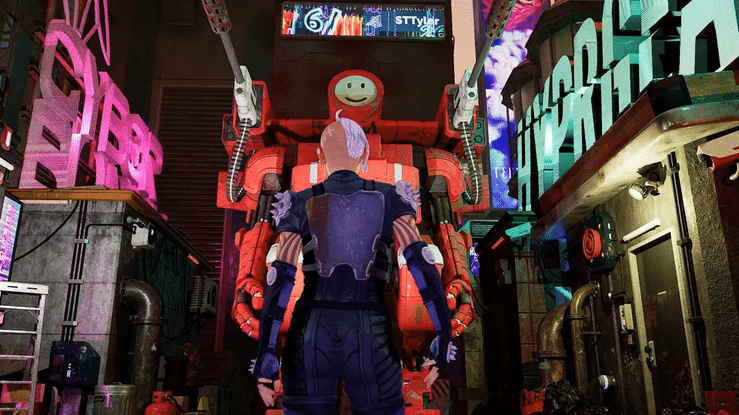
From Singular Releases to Living Stories
Think of the first movie you fell in love with. For me, it was Star Wars: A New Hope. Going in, I didn’t know anything about the movie. But when I sat down, well, let’s just say I was instantly transported to a galaxy far, far away.
I literally wanted to run away from home, move to Tatooine, and train as a Jedi with Luke and Obi Wan. But once the lights came back up it was back to reality, and I had to wait a full three years until The Empire ‘struck’ Back.
Imagine my little six-year-old self, mind completely blown, dreaming of fighting alongside my older brother Luke for three years. Fifty percent of my life passed before the Empire could get off its duff and strike.
Flash forward to today and that same exact dynamic is still at play in Hollywood.
No one knew anything about Avatar prior to 2009 then – BAM – a cultural juggernaut, followed by, not three, but thirteen years of nothing.
That’s the pattern in Hollywood: Nothing — release — nothing — release — repeat.
But fans don’t want to wait. We want to engage with stories, with worlds, with characters, with creators, and most of all with each other right from the get-go. But we can’t. From the first lines written in the development stage of a project all the way through to multiple sequels, or seasons of a TV series, Hollywood content lives in a Black Box.
It’s only during those singular release windows that fans actually accrue value. And even then we just sit there, passively, watching stories unfold in front of us.
That’s why Hollywood is such a risky industry. Everything rides on the success or failure of that singular release. As a result, stories turn into commodities.
Well, guess what? Games used to be sold exactly like this: singular releases with huge marketing spends. Then free-to-play games arrived and flipped that dynamic on its head.
Now games like Fortnite are treated like assets not commodities.
SaaS (Software as a Service) solved this problem too: ship constantly, listen to your customers, iterate, repeat.
That’s why we formed Voltaku: to solve this fan disconnect and missed value dynamic in Hollywood.
We’re creating what we call Living Stories — where Story is at the center of everything, and that central story expands as it makes contact with fans.
Living Stories are dynamic stories that span media ecosystems and live in a state of permanent beta.
We’re developing the ability to drop content, experiences, and tools into our community throughout all stages of a project. And the 3D assets that make up that story — like the characters, environments, and props — are shippable, monetizable, ownable, and reusable everywhere. This allows, even encourages you — the fan — to not only engage from day one across media ecosystems but also build on top of the stories and worlds we create.
For fans, that means no more walled gardens. No more black boxes. No more ‘forever’ waits. Living stories from Voltaku begin immediately, ship constantly, and iterate in real-time in service of stronger fan engagement. We’re de-risking the release process in Hollywood by being agile and open so we can scale fans like a SaaS company scales subscribers and upsells.
To accomplish this, we have to design a new kind of pipeline. One purpose-built to scale.
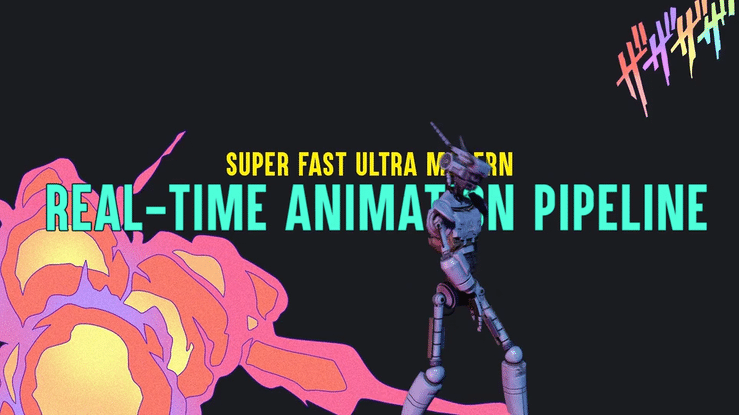
One Pipeline to Rule Them All
Disney started life out as an animation studio only to later add a theme park division to its business so fans could immerse themselves in the stories the studio created.
In other words, Disney hooked the heart so fans would stay to play.
That’s because Disney understands how to leverage fan affinity. Movies act as the delivery vehicles the studio uses to monetize the characters and worlds in its theme parks. Remove the characters and stories from Disneyland and you no longer have a theme park, you have an amusement park.
If we translate Disney’s early model into the Metaverse, then its movie studio division turns into a virtual production studio, its theme park division turns into a virtual world (aka: ‘digital theme park’), and its merchandising division turns into a virtual goods marketplace.
All created from the same underlying digital assets.
The Metaverse is an evolution of the internet that lays the "technological groundwork for an interoperable network of real-time rendered 3D virtual worlds." - Matt Ball
At Voltaku, we’re simply starting that story-first fan affinity process on social media rather than movies because that’s where the audience is today.
That means we have to build a scalable real-time pipeline that starts on social media, evolves over time, and spans traditional media ecosystems.
Enter VTubing.
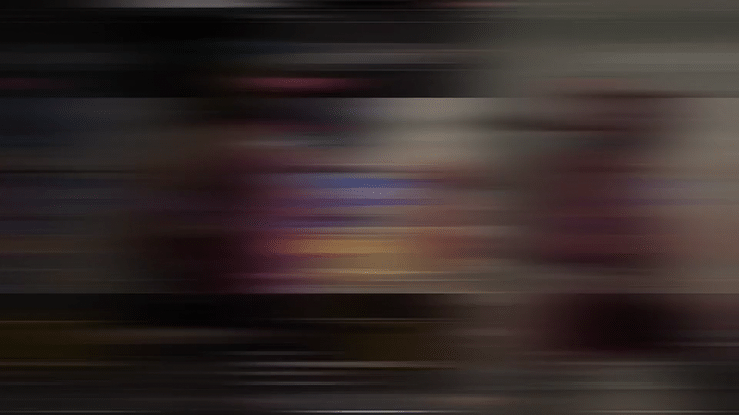
VTubing
Taking root within Japanese anime culture, a VTuber, or Virtual YouTuber, is an online performer who uses real-time motion capture technology to live stream as an avatar on social platforms.
Basically, VTubing is virtual production on a smaller scale.
We’re optimizing the first phase of our real-time pipeline to drop bite-sized chunks of 100% 3D content on social platforms, using our own proprietary VTubing software.
To get a sense of how popular VTubing has become, especially with GenZ, here’s some data from YouTube & Marketwatch:
In 2017, the number of views related to the topic of VTuber on YouTube was 16 million per year, with 24% of those views coming from outside Japan.
In 2022, that number was 1.5 billion per month (308% CAGR), with over 65% of those views coming from outside Japan.
The overall VTubing market is expected to grow at a 35% CAGR from $2.2B in 2022 to $13.3B by 2028
The opportunity VTubing presents isn’t just about size and growth rate but the fact that there is no studio in Hollywood building a 3D VTubing capability for social media on top of existing narrative intellectual property. In fact, the vast majority of current VTubers worldwide are individual entertainers, influencers, and/or creators using 2D avatars to engage with followers.
We believe there is a massive opportunity to bond with fans and scale our network effects in a much deeper, more durable, and strategic way by linking VTubing characters together via narrative storytelling to drive engagement.
Which is why we’re starting our pipeline on TikTok.
A native Livestream platform supportive of our VTubing endeavors, TikTok represents the atomic-unit for our pipeline. At between 6 and 15 seconds per video, creating content on TikTok forces us to focus on efficiency above all else (current metrics at Voltaku center on KPIs such as cycle time).
Additionally, a high turnover TikTok cadence means we’re throwing a diverse range of challenges at the pipeline so that we can invent robust solutions before we otherwise know we’d need them.
Our agile pipeline is closing in on matching the time it takes the average person (roughly 1-hour) to simply film themselves on a phone, edit it, and post it (our cycle time is currently 1.8 hrs).
Once we’ve established our TikTok base, we will strike out on platforms supportive of longer, more complex formats, such as YouTube, Instagram, and Twitch. These audiences have more stamina for long form content, but the expectations and quality bar are higher.
If short-form content on social media is how we bond with our audience and scale our network effects, then long-form content is the accelerant that supercharges them.
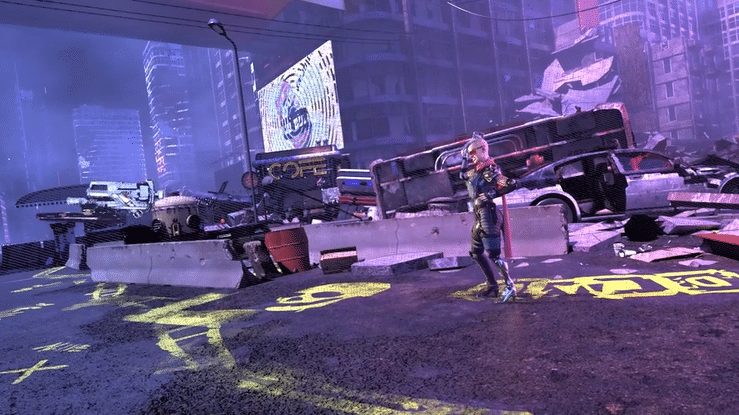
Virtual Production
The advantage of our agile VTubing pipeline is that it sets an inherently efficient, flexible, and robust foundation for our virtual production pipeline, which will be used to create long-format narrative content such as film and TV. After all, there’s not much difference between 90 seconds of content and 90 minutes. A shot is still a shot. A movie or TV show just has more of them.
As a reminder, virtual production blends real-time gaming technologies with traditional filmmaking techniques, allowing production teams (directors, cinematographers, etc.) to visualize live performances within a virtual environment.
In theory, this encourages a more agile and iterative production process in Hollywood. In practice, however, these new technologies are often shoehorned into legacy systems and workflows, thus degrading their inherent efficiencies.
To keep ourselves as focused and streamlined as possible, we’re creating virtual characters (avatars) that exist in a 100% virtual world rather than mixing live-action elements with virtual environments, such as in-camera VFX that use LED walls. Meaning, live actors will be driving/performing their 3D avatar characters live in a virtual environment.
Just like we’re already doing with VTubing on TikTok.
By keeping all of our production assets native to the digital realm, we can reuse them at no additional cost.

Virtual Backlot
We strongly believe that rapid advancements in AI, ML, and compute power along with the further adoption of Web3 networks and open source tools and protocols will lead to a massive acceleration in the democratization of high quality content creation and distribution across media ecosystems in the years to come.
Web3 is a revolution in the backend of the internet, where data is distributed across a decentralized peer-to-peer network rather than funneled into a centralized server.
Our goal is to leverage rather than resist these forces, by incentivizing fans to build on top of our stories.
To allow for this scaling effect to occur, we have to create an on-ramp for fans to engage with our stories in a tangible way. Enter our virtual backlot, an ever-growing warehouse of ownable and reusable 3D assets, the front-end of which will have a storefront that will evolve into a two-sided marketplace so fans can buy, sell, and trade their creations.
They can then use them to create their own content, experiences, and tools - all built within our ecosystem and on top of our stories and worlds.
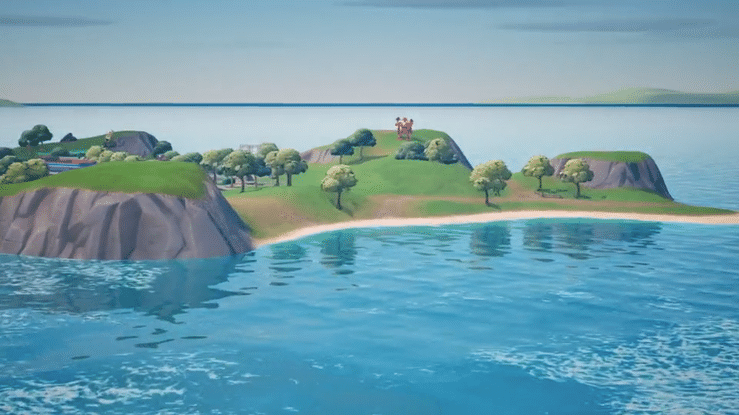
Virtual World
But the Virtual Backlot isn’t intended for fans only. We can reuse our own assets to build Planet Volta, our digital theme park.
Planet Volta will serve as the primary social space where our community can interact, play, trade, and even watch screenings and live events. It would even connect to other worlds and games via portals. Fans could then build within the park itself (as well as anywhere else they want).
This process mirrors, in many ways, Disney’s early years: start with stories and characters first, and scale up from there.
The good news is we don’t have to wait twenty or thirty years to build our theme park. We can begin the process in an iterative manner, starting with just a room or space where early adopters can hang out using their VTube-ready avatars. We can even build on other platforms, such as Fortnite, VRChat, and XLA. We can launch the first iteration of Planet Volta before we’ve even filmed an episode of the Killtopia series.
Everything at Voltaku is designed to be agile, iterative, and scalable. The pace of technological change occurring right now, requires it. We can’t get locked into the trap of building proprietary pipelines or big CapEx infrastructure projects, chasing the latest hard tech novelty.
Start small on social media with strong characters and narratives. Connect and bond with fans. Be agile. Iterate. Scale.
We believe that’s a recipe for success in a world that’s evolving in real-time.
If you'd like to keep up with the latest developments at Voltaku, you can sign up for our newsletter by clicking the tab below. Thank you!
